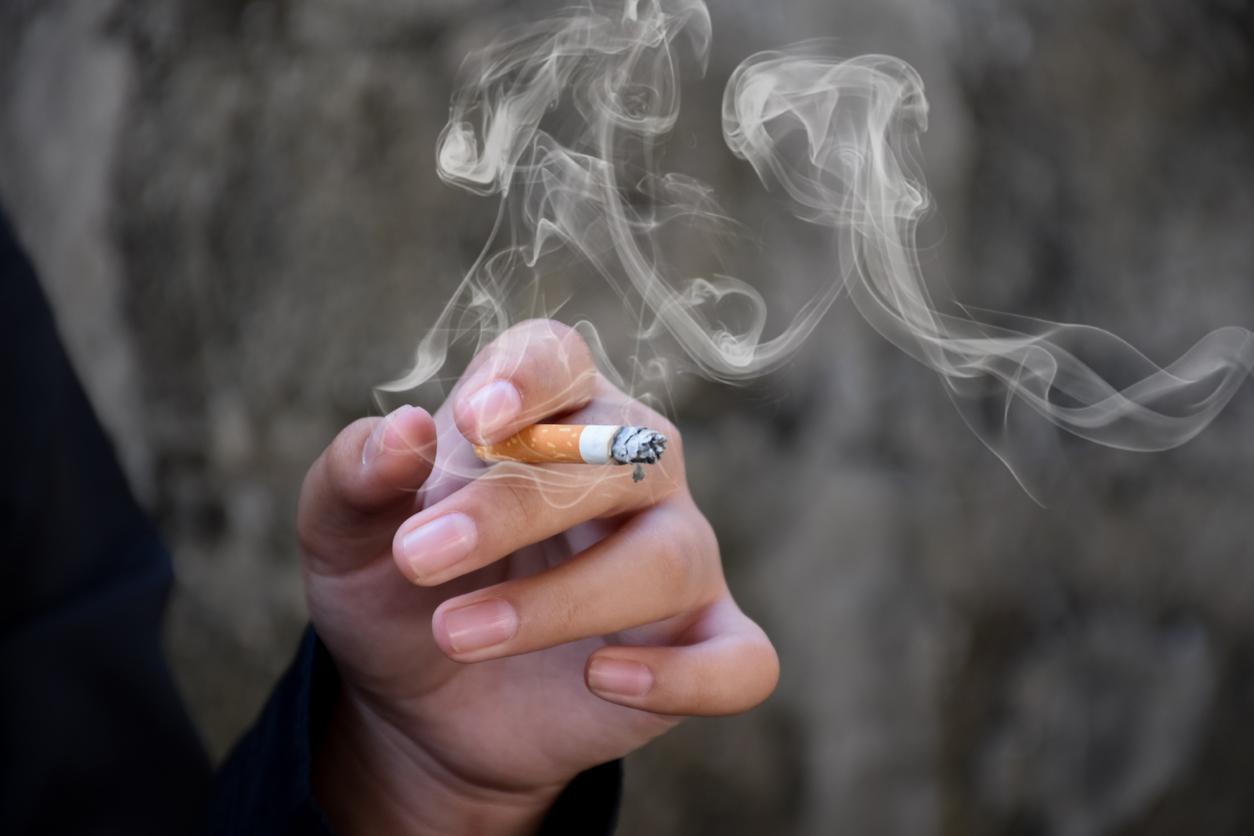1 in 10 cigarettes comes from the illicit tobacco market. Eliminating this trade would improve public health, help reduce crime and remove an important source of revenue for the tobacco industry. These are the arguments put forward by theWorld Health Organization (WHO) to tackle tobacco smuggling.
Towards measures to fight the tobacco black market
These themes are at the center of World No Tobacco Day, which takes place on 31 May 2015, when WHO intends to urge Member States to join it in eliminating tobacco illicit tobacco trade. For the moment, eight countries have agreed to follow the WHO but it takes 40 for the protocol to fight against the black market to be applicable.
When the figure is reached, a number of measures will come into force: securing the tobacco supply chain (whether or not import licenses are issued, etc.), intensification of international cooperation (monitoring of exports, etc.). .), imposition of sanctions against those responsible for the illicit trade…
The tobacco industry resists these measures
The tobacco industry, however, is resisting these measures. “Manufacturers know that once the Protocol is implemented, it will be much more difficult to lure young people and the poor into the trap of tobacco addiction”, notes Dr Vera da Costa e Silva, Head of the Convention Secretariat. -WHO framework.
The illicit trade in tobacco offers the consumer products that are less expensive, as they are free of state taxes. Lower prices that encourage consumption among young people without income.
Tobacco kills 6 million people every year
Tobacco-related mortality is one of the greatest public health scourges.
About one person dies from a smoking-related disease every six seconds, or almost 6 million people a year. This figure is expected to exceed 8 million per year by 2030.
Read also :
– Tobacco: it kills 7 times more women than in 1980
– Quitting smoking: it’s easier as a couple


















